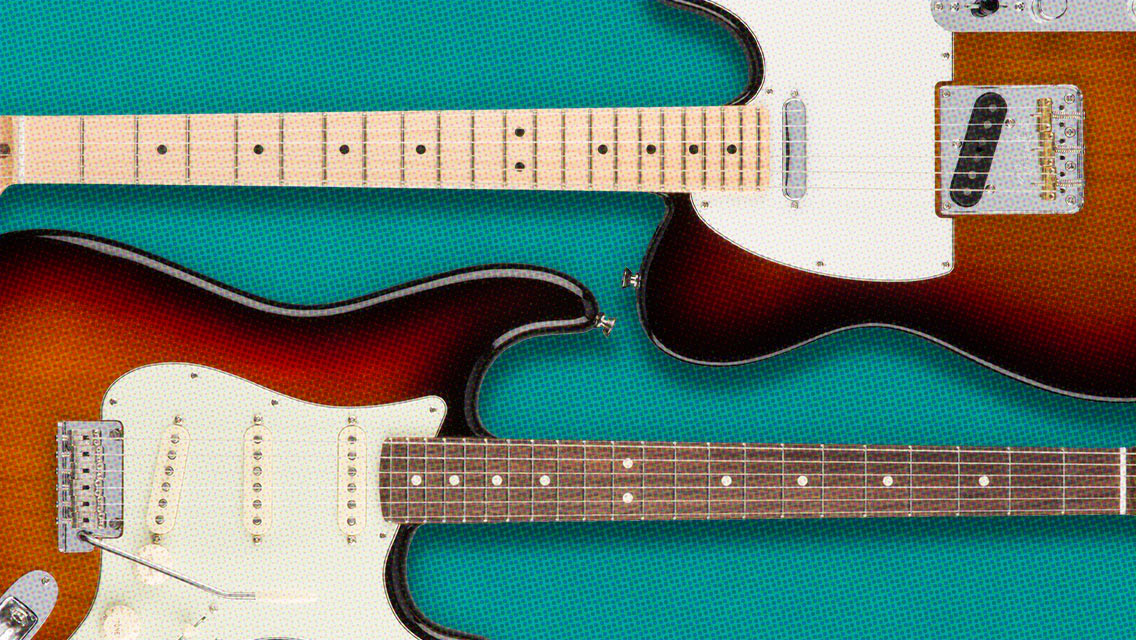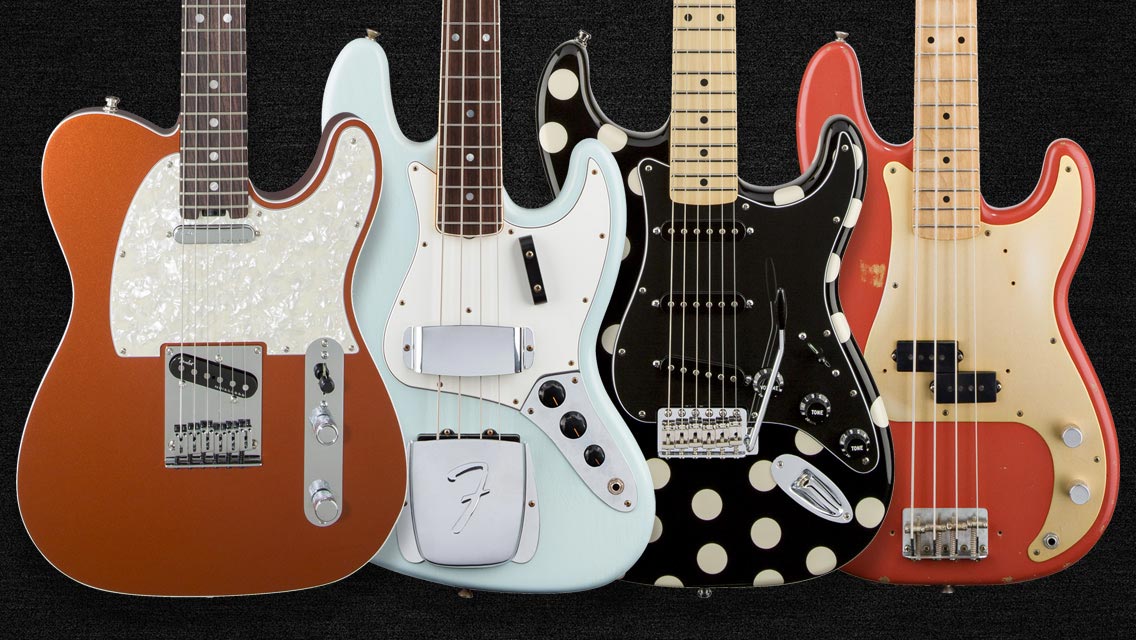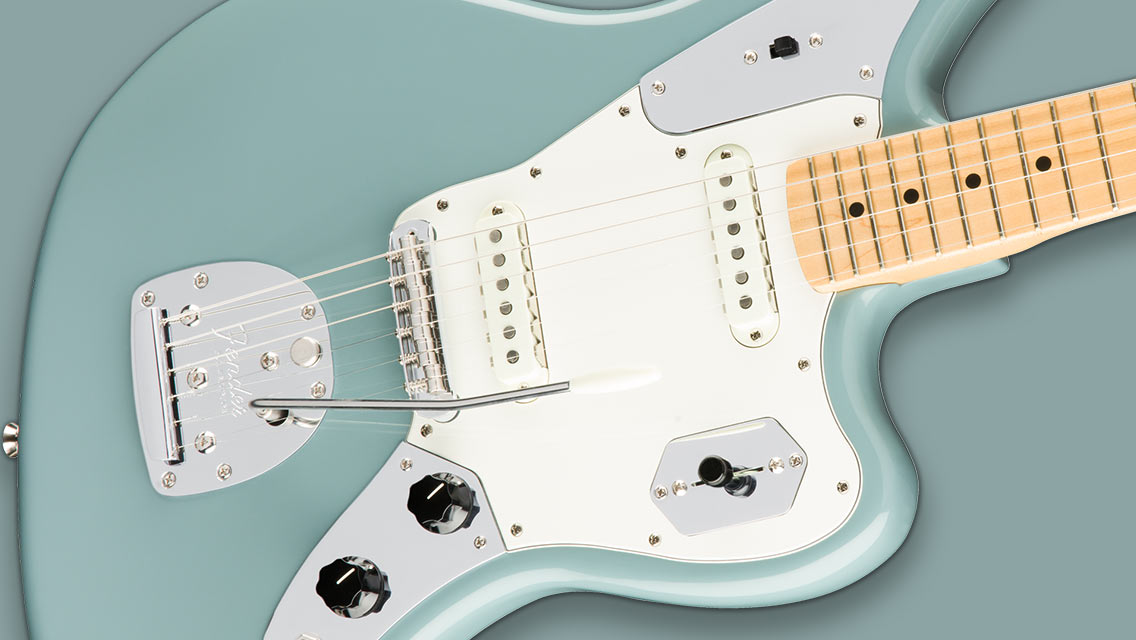
Fender is a company that can now look back on well more than half a century of acclaimed and in some cases legendary amplifiers, all of which are well documented in exacting detail in many books and on many websites. So, in addition to its forward-thinking modern guitar amps, Fender offers a wealth of popular reissue-style amps designed to provide great tone while evoking several notable periods in Fender history.
And when perusing the history books or shopping for one of Fender’s reissue amps, you are bound to run across several terms and phrases regarding amp coverings (i.e., “tweed", “Tolex", “brown", “blonde”) and related amp cosmetics (i.e., “blackface" and “silverface”). Unless you’re already familiar with these terms, none of them would indicate any sort of chronology to you.

Nonetheless, in addition to their own functional and aesthetic merits, each of these coverings and cosmetic treatments is particular to a specific Fender era. Knowing what they are and the order in which they appeared amounts to what is basically a quick course in Fender amp history. Here they are, along with their currently available incarnations:
Tweed
The small original “woodie” Fender amps of spring 1946 had finished hardwood cabinets before Fender adopted its first fabric-covered cabinet design later that year using tweed luggage linen. The Dual Professional, introduced in late 1946 or early 1947, was the first Fender tweed amp (it was also the first guitar amp with more than one speaker). The earliest tweed amps had a vertical weave pattern, followed by a light diagonal pattern used on “TV-front” amps starting in 1949 and some “wide-panel” amps of the early 1950s. The more familiar heavier diagonal tweed with the pronounced stripe pattern first appeared on early ’50s wide-panel amps and was used on the entire amp line throughout the remainder of the 1950s. 1960 was the final production year for all original-era tweed Fender amps except the Champ, which remained tweed until 1964. Fender amps with tweed covering today include the ’57 Twin-Amp, ’57 Deluxe, ’57 Champ, ’59 Bassman LTD and Blues Deluxe Reissue.
Two-Tone
Unique among Fender amps of the era, the tiny Champion 600 of 1949-1953 had a two-tone brown and white textured vinyl (“leatherette”) covering. White vinyl was also used on a very few TV-front Bassman and Pro models circa 1952.
Brown Tolex.
In 1959-1960, Fender gradually replaced tweed on most of its amps with a light pinkish-brown rugged textured vinyl called Tolex. A new dark brown Tolex replaced the light brown version in 1961. The original brown Tolex era ended in 1963. Fender amps with brown textured vinyl covering today include the Acoustasonic models; the ’63 Fender Tube Reverb unit also has brown textured vinyl covering.
Blonde Tolex
In late 1960, Fender offered its new “piggyback”-style amps and the Twin in a new Tolex color, off white or “blonde.” The blonde Tolex used at first had a rough texture; this was changed to a smoother Tolex about a year later. The original blonde Tolex era also ended in 1963. Fender amps with blonde textured vinyl covering today include the Pro Tube series Super-Sonic models.
Black Tolex
From mid-1963 to late 1967, Fender’s so-called “blackface” amps were named for the color of their control panels, but as these amps also had black Tolex covering, the term “blackface” quickly came to denote any Fender amp that was basically all black. The term “silverface” describes Fender amps built from 1968 onward that had silver control panels, but these amps too were covered in black Tolex. Most modern-era Fender amps (1980s-present) continue to be covered in black textured vinyl.
“Tolex", by the way, is a 1940s-era brand name that belonged not to Fender but to the General Tire and Rubber Company of Akron, Ohio. The fabric covering that Fender uses today is not Tolex, but rather textured vinyl. It remains the most common form of covering for Fender amps; usually black but sometimes in other colors too. Fender occasionally offers limited edition amplifiers in non-standard cosmetic treatments, so you may also encounter tweed, brown, blonde or other variations of amps that are normally black.
Don’t miss out!
Be the first to know about new products, featured content, exclusive offers and giveaways.


